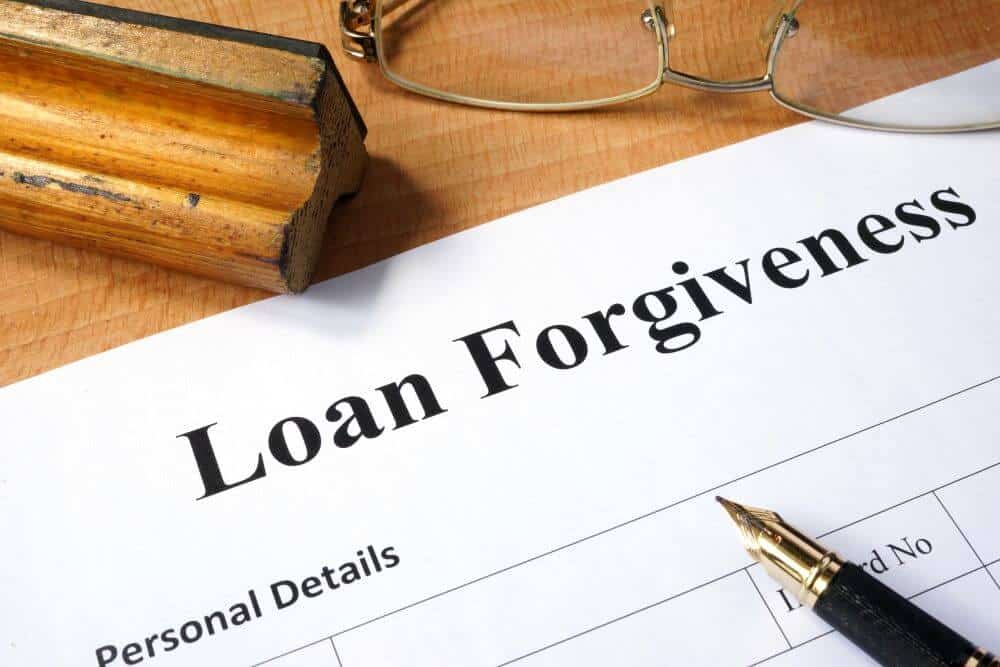
July 22, 2020

Managing through the unknown is not an easy task, but it is a challenge that Atlanta business owners have been forced to accept. The stay at home orders and forced business closures implemented earlier this year dealt a crippling blow to the economy. In order to stay solvent many slashed jobs and made other cost-saving measures. When searching for a lifeline many decided to apply to the Paycheck Protection Program, (PPP) because of the favorable terms including a forgiveness option. Several months later COVID-19 continues to create uncertainty while PPP borrowers tackle loan forgiveness. Given the dozens of changes to the PPP over the last three months, it is not surprising that many are unsure about when to apply and the overall process. In fact, until the PPP Flexibility Act of 2020 was signed into law there was very little detailed information available on loan forgiveness. The good news is that the SBA recently published new streamlined forgiveness applications while Treasury issued an updated Interim Final Rule highlighting important forgiveness details. To help clients, prospects, and others, Wilson Lewis has provided a summary of key points below.
Many borrowers are confused about when to apply for loan forgiveness. To dispel the confusion, Treasury addressed this question in the latest Interim Final Rule. A borrower may submit a loan forgiveness application any time on or before the maturity date of the loan, which includes the end of the covered period. Of course, this assumes all proceeds have been used for which forgiveness is being requested.
In the event the borrower applies for forgiveness before the end of the covered period and has reduced employee salaries/wages by more than 25%, there will be a reduction in the eligible forgiveness amount. The borrower will need to account for the excess salary reduction for the 8-week or 24-week covered period selected in the application.
In the event the borrower does not apply for loan forgiveness within 10 months after the last day of the covered period, or are determined to be ineligible, the loan will no longer be deferred requiring the payment of paying principal and interest to begin.
There has also been confusion around the forgiveness process including the timeline and how applications are reviewed, approved, or disapproved.
Once a completed application is submitted to the lender, they will be required to make an approval determination. It is important to note the lender has 60 days from application receipt to issue a decision to the SBA. If it is determined the borrower is entitled to forgiveness, the lender will then request payment from the SBA concurrent with the approval decision. The SBA will then remit the forgiveness amount to the lender, plus related interest, no later than 90 days after approval.
It is important to note that notification of forgiveness will be made by the lender. If partial forgiveness was approved, then the remaining balance due must be repaid on or before loan maturity. If this happens, the borrower will receive repayment specific details such as the date when the first payment is due.
It is important to remember the steps outlined above apply only to forgiveness applications not reviewed by the SBA.
Contact Us
The loan forgiveness process can be complicated to follow often requiring complex calculations and determinations. For this reason, it is important to work with a qualified provider that can guide you through the process. If you have questions about the information outlined above or need assistance with a PPP issue, Wilson Lewis can help. For additional information call us at 770-476-1004 or click here to contact us. We look forward to speaking with you soon.